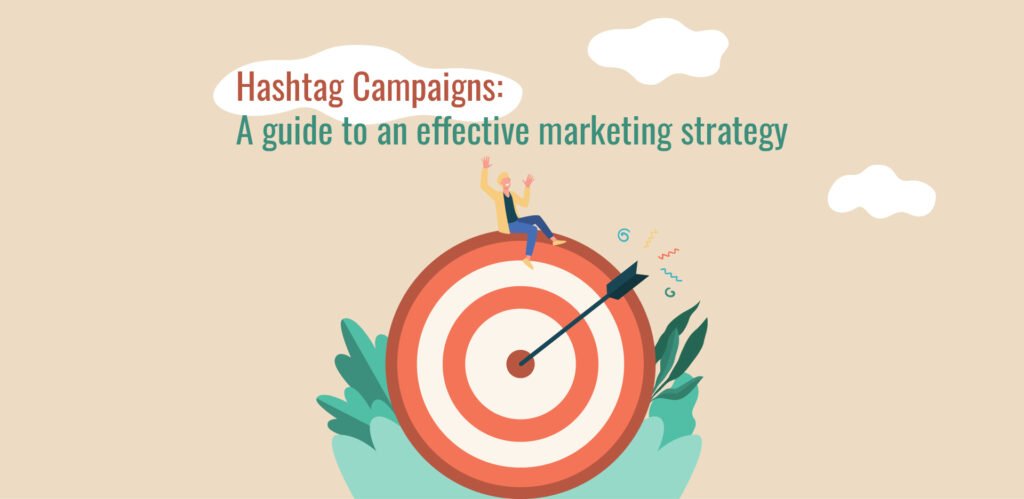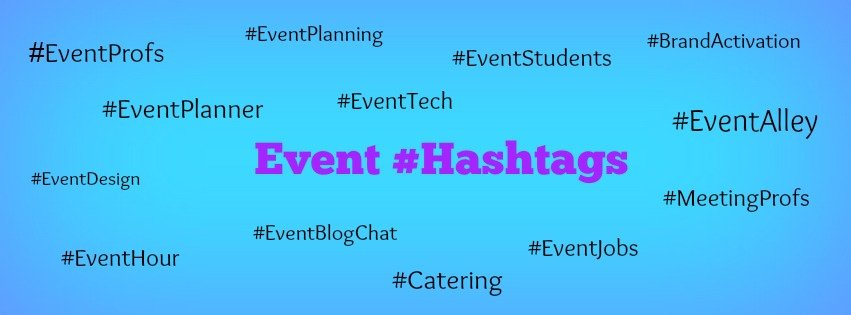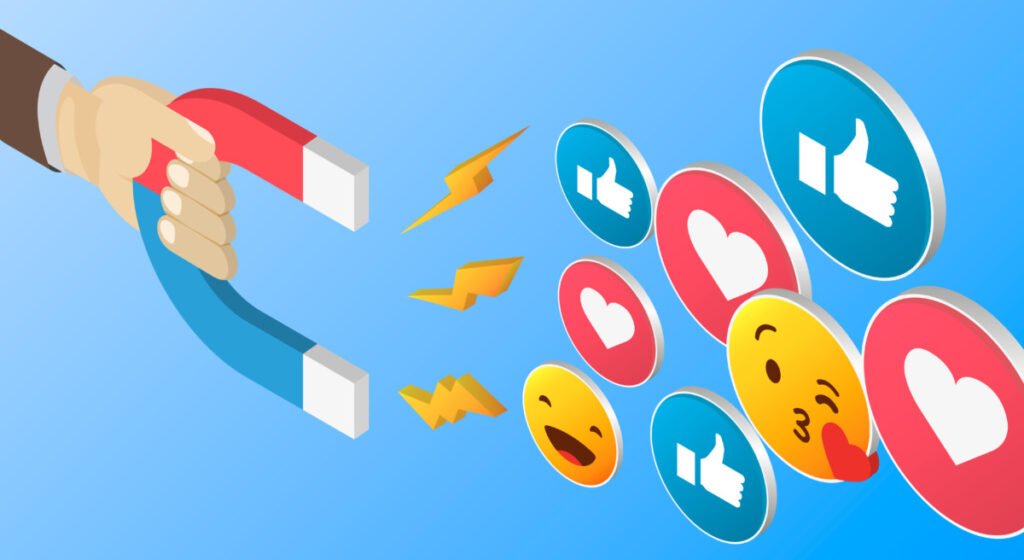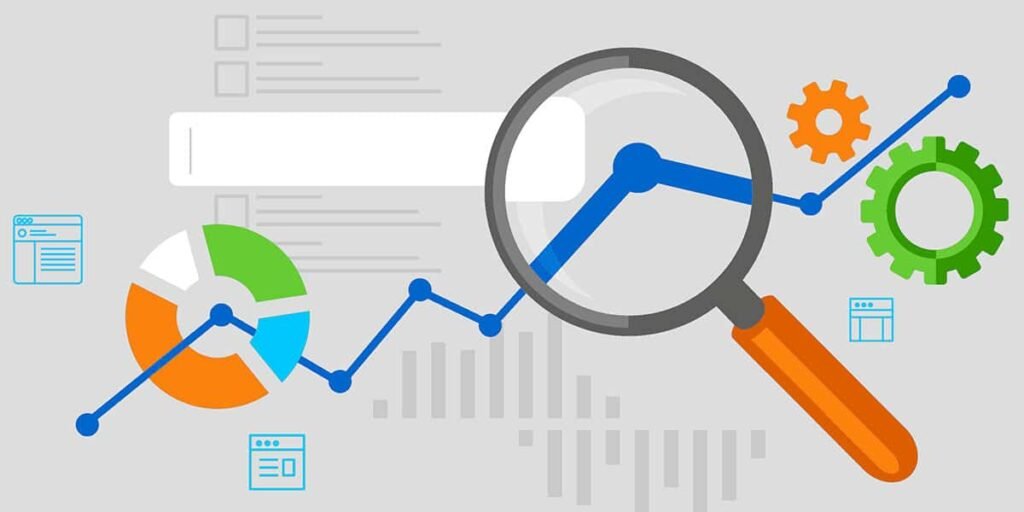
In the age of digital media, hashtag marketing has become a critical component of any successful digital marketing strategy. By strategically using hashtags, businesses can effectively reach and engage their target audience on any platform, whether social media or any other digital platform.
Whether you’re a small business owner or a marketing professional, understanding the basics of hashtag marketing is essential in today’s digital landscape.
So, to understand it better, we created this blog,
In this blog, we will explore hashtag marketing, discussing the importance of social media marketing hashtags, the purpose of hashtags for digital marketing, and how to create and implement effective hashtag strategies.
We’ll also cover common mistakes to avoid and best practices for measuring the success of your hashtag marketing efforts.
So, if you want to take your social media marketing to the next level, buckle up and get ready to dive into the world of hashtags.
Definition Of Hashtags
The hashtag is a word or phrase preceded by the pound (#) sign used to categorize and organize content on social media platforms.
When a hashtag is used in a social media post, it creates a clickable link that leads to a feed of all other posts that have used the same hashtag.
This allows users to easily search for and discover content related to a specific topic or theme.
Types Of Hashtags
Businesses and individuals can use several types of hashtags to achieve different marketing goals. Here are five of the most common types of hashtags:
Branded Hashtags
Branded hashtags are unique to a specific brand or business and are used to build brand awareness, promote campaigns, and encourage user-generated content. These hashtags are usually short and catchy, making them easy to remember and share. Coca-Cola’s #ShareACoke is an example of a successful branded hashtag marketing campaign.
The hashtag encouraged customers to share photos of themselves with personalized Coca-Cola bottles, and the brand collaborated with stars like Ryan Seacrest and Selena Gomez to boost the campaign’s visibility. Branded hashtags can serve various purposes, including creating brand awareness, increasing content visibility, and boosting followers and retweets.
They can also promote a brand name, raise awareness for a social cause, or tap into an already-trending hashtag and associate it with a brand. Businesses should be patient and stay focused when using branded hashtags, as sudden growth in followers or engagement may take time.

Campaign Hashtags
Hashtags are used in marketing campaigns to track engagement and measure the campaign’s success. These hashtags can be used across multiple social media platforms and can help businesses build momentum and create buzz around a new product or service. For instance, Airbnb used the hashtag #LiveThere to promote its brand and encourage travelers to experience new cultures like locals.
Hashtag campaigns can serve various purposes, such as creating brand awareness, increasing content visibility, tracking and quantifying content more efficiently, and boosting followers and retweets. Choosing a hashtag for a campaign involves using something original and easy to understand.
Moreover, it should be less generic so people can’t piggyback off the campaign’s success. Hashtags can help grow the audience if the campaign encourages the audience to use the hashtag. When more and more people use the hashtag, it brings the brand visibility and encourages others to participate.

Trending Hashtags
Trending hashtags are popular on social media platforms that businesses can use to increase visibility, reach, and connect with their target audience. Using trending hashtags, companies can participate in popular conversations and promote their products or services to a larger audience. For example, many businesses use trending hashtags like #SuperBowl during the Super Bowl to reach a wider audience.
Hashtags help categorize content, let people follow a trend, and even help engage with a community. Tweets with hashtags get twice the engagement than tweets without. Using a trending hashtag in a content update can get the message across to a much larger audience. A trending hashtag is a hashtag that has become very popular, often centered on significant news topics of the world. When businesses see a trend that relates to their business, they can engage with it by using that tag.

Industry-Specific Hashtags
Industry-specific hashtags are hashtags that are relevant to a specific industry or niche. These hashtags help businesses connect with their target audience and establish themselves as experts in their field. Using industry-specific hashtags is a great way to reach a more targeted audience and increase engagement.
For example, a business in the fitness industry may use the hashtag #fitfam to connect with others in the fitness community. Choosing 3-5 niche-specific hashtags that are hyper-targeted to your core business and the things your target audience is searching for is recommended. Additionally, including 1-3 branded hashtags can help build a community specifically around your brand or business.
Hashtags can help businesses expand their reach, build community, get found by their target audience, increase credibility, create brand awareness, and monitor competitors. Business owners can use industry or content-based hashtags to improve their small business marketing and grow their impact and income.

Event Hashtags
Hashtags are a powerful tool for promoting events and engaging with attendees on social media platforms. They can help businesses increase attendance and generate buzz around an upcoming event. For instance, a company hosting a charity event may use the hashtag #charityevent to promote it and encourage attendees to share their experience on social media.
To make the most of event hashtags, businesses should create a unique and relevant hashtag that includes the event name and year. They should also include the hashtag on all communication channels, such as the event website, promotional emails, print materials, and on-site signage.
During the event, businesses can use a program like tweetbeam.com to project the conversation on a screen and encourage attendees to join the conversation. They should also engage with attendees who are using the hashtag and retweet their posts. By following these tips, businesses can increase awareness and the visibility of their events and grow their brand.

Location-Based Hashtags
Location-based hashtags are used to connect with people or businesses within a specific geographical area. They are often used by local businesses, travelers, or individuals looking for recommendations or information about a particular place.
Businesses can use location-based hashtags to increase their local visibility, promote tourism, or facilitate networking within a specific location. Examples of location-based hashtags include #NYC, #London, or #TravelCalifornia.
Multiple location-based hashtags can help build local awareness and connect businesses with their community. Location-based hashtags are also helpful in analyzing the share of voice on social media and attracting audiences to location-bound PR events.

Why Use Hashtags For Marketing?
Using hashtags for marketing can be a highly effective strategy for several reasons. Some of them are mentioned below:
Increased Visibility
Hashtags are a powerful tool for businesses to increase the visibility of their posts and reach a wider audience. When users search for a specific hashtag or click on one, they will be directed to a feed of all posts that have used that hashtag.
This can help businesses get their content in front of new potential customers. Using popular hashtags in a specific niche can increase content visibility and help companies reach their target audience more effectively. Hashtags relevant to a business’s niche or industry can attract users interested in their content.
Hashtags can also help businesses expand their reach to targeted users and improve customer relations. When used effectively, hashtags can help companies to amplify their message and fuel entire hashtag campaigns. Creating a branded hashtag can also be a great way to engage a community and get people excited about a business’s content. Ultimately, using relevant hashtags is essential for companies to get the best results on social media.

Improved Engagement
Using hashtags in social media posts can help businesses increase engagement. When users engage with a post using a specific hashtag, they become part of a larger conversation, which can lead to more likes, comments, and shares. Hashtags make posts visible in that conversation, leading to greater engagement and boosting a brand’s social media engagement through likes, shares, comments, and new followers.
Research has shown that posts including hashtags receive significantly more views, shares, and engagement than those without. Hashtags improve the user experience and help brands widen their reach. Using the right hashtags will drive new viewers to social media and allow businesses to engage with them. When used carefully, hashtags can expand the reach to targeted users and improve customer relations.

Campaign Tracking
Hashtags are a tool that can be used to track the success of marketing campaigns and measure engagement. By using unique campaign hashtags, businesses can monitor the reach and engagement of their posts and make adjustments as needed to improve performance. Hashtags are words or numbers that follow the “#” symbol and categorize and track content on social media.
They give brands more exposure and help boost their social media reach and engagement. However, each social media platform has a suitable hashtag frequency, and too many hashtags can reduce engagement. Hashtag metrics can be used to measure the performance of hashtags, including the volume of mentions.
Interactions and reach of mentions containing a hashtag, as well as the most influential and interactive authors. Media monitoring tools can be used to track hashtag metrics. It is essential to monitor hashtag performance and adjust the strategy accordingly.

Trend Monitoring
Monitoring trending hashtags is a great way for businesses to stay up-to-date with current conversations and trends in their industry. This can help them stay relevant and top of mind with their target audience. Hashtags can boost the organic reach of posts, create branded hashtags, join trending topics, join a conversation on social media, promote contests and giveaways, raise awareness about a particular topic, and build a community around a hashtag.
To create an effective hashtag marketing strategy for social media and digital marketing, businesses need to research, keep hashtags simple, specific, and relevant, use unique branded hashtags for their content, cater to their audience, utilize trending hashtags, and not overuse hashtags. By using hashtags effectively, businesses can increase the visibility of their posts, expand their reach to targeted users, and improve customer relations.

Source: tegemeo.org
How To Create An Effective Strategy For Using Hashtags In Social Media Marketing
Creating effective hashtags for social media marketing involves a combination of creativity, research, and strategy. Here are some tips for creating effective hashtags:
Keep It Simple And Memorable
A good hashtag should be easy to remember and spell, avoiding complex or obscure words that may be difficult for people to remember or spell correctly. Hashtags should be relevant, specific, and manageable, as this can make them hard to find.
Hashtags should be short, easy to remember, and ideally unique or not used in the last ten years. Hashtags should be spelled correctly to avoid typos and make them more discoverable. Finally, hashtags should tie in with the campaign goal and be fun and suitable for the brand.
Use A Clear And Concise Message
When using hashtags, it is essential to ensure that they convey the message or theme of your post. Keep the message short and sweet, and avoid using too many words or phrases in the same hashtag. Hashtags can communicate messages such as hope, transformation, or power, as seen in examples like rainbow quotes.
The Getty’s Rainbow Power exhibit, a music video titled Rainbow Power, or an ability in the anime JoJo’s Bizarre Adventure. Hashtags can also be used for marketing purposes, such as a key tag with the phrase “You Make it Rain Rainbows.
Research And Test
To improve engagement on social media, it is essential to research popular hashtags within your industry or niche. Conduct a hashtag search using industry- or brand-specific hashtags to find influencer content among the “Top Posts” in your search. Identify brands similar to yours regarding offerings, target audience, and overall brand image, and analyze the hashtags they’re using.
Brainstorm a list of potential hashtags based on your content and target audience, and use Instagram’s search feature to explore popular and relevant hashtags related to your niche. Test different variations of hashtags and track their performance to optimize your hashtag combinations. Utilize a hashtag analytics tool to track and analyze the performance of your hashtags, including metrics like popularity, engagement, reach, and impressions.
Use Branded Hashtags
Creating a unique branded hashtag for your business can help build brand awareness and encourage user-generated content. The hashtag should be catchy, memorable, and relevant to your brand. Use this hashtag consistently across all your social media channels to ensure users are exposed to your brand’s name.
A branded hashtag can be related to a product you are selling, an event you are hosting, or your brand’s slogan. Using your slogan as a hashtag helps to communicate what your brand stands for. You may also consider using branded hashtags to show “behind-the-scenes” content or content that helps users connect with your brand. By including a word like “share” or “create” in your hashtag, you encourage users to take the action you want.
Consider The Platform
Different social media platforms have different hashtag best practices. Instagram allows up to 30 hashtags per post, while Twitter limits it to 2-3 hashtags. Using hashtags can help engagement, so it’s best to use 1-3 hashtags on most platforms. Facebook hashtags work best for audiences already inclined towards your offerings, and it’s advised to use 2-3 hashtags to boost reach.
Hashtags are words and numbers following the # symbol that categorize and track content on social media. They can be added to social posts, bios, and comments on most major platforms, including Instagram, Facebook, TikTok, Twitter, LinkedIn, YouTube, and Pinterest. To use hashtags effectively, it’s essential to research the hashtag best practices for each platform and adjust your strategy accordingly.
Engage With Your Audience
Encouraging your followers to use your brand’s hashtags in their posts is a great way to build a community around your brand and increase engagement on your social media channels. By liking, commenting, or sharing their posts, you can engage with your followers and show them that you value their content.
This can help foster a sense of loyalty and connection to your brand. User-generated content is a great way to showcase your brand and its values, and by encouraging your followers to use your hashtags, you can increase the amount of UGC you receive. Building a community around your brand can help increase brand awareness and drive sales.
How To Create An Effective Strategy For Using Hashtags In Digital Marketing
Hashtag marketing can be a powerful strategy for digital marketing. Here are some effective hashtag marketing strategies for digital marketing:
- Research Industry-Specific Hashtags: Conduct research to identify popular hashtags within your industry or niche. Use these hashtags in your social media posts to increase your visibility to your target audience.
- Use Branded Hashtags: Create a unique branded hashtag for your business and use it consistently across all social media channels. This can help you build brand awareness and encourage user-generated content.
- Monitor Trending Hashtags: Stay up-to-date with your industry’s latest trends and conversations by monitoring trending hashtags. Use these hashtags in your posts to stay relevant and engage with your audience.
- Use Hashtags In Campaigns: Use hashtags to track engagement and reach in your digital marketing campaigns. Create unique campaign hashtags to monitor the success of your campaigns and adjust your strategy as needed.
- Use Location-Based Hashtags: Use location-based hashtags to target your audience in specific geographic locations. This can be especially effective for local businesses or events.
Common Mistakes To Avoid In Hashtag Marketing
Final Thoughts
Now that you understand hashtag marketing consider utilizing hashtags’ power in your business and experiencing their value firsthand.
If you find yourself stuck anywhere in understanding the blog, then leave your question in the comments. We will be happy to answer you.
Thanks for reading 🙂








No Comments